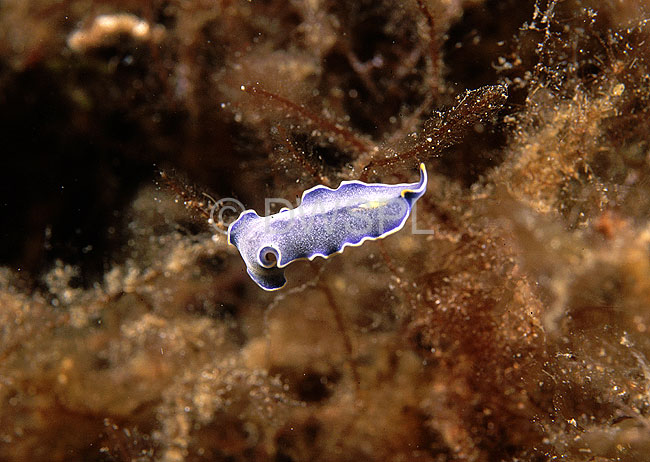
They are made up of simple nerve cells that respond to stimuli, like light. This is called “ cephalizat ion.” The sense organs – called eyespots – look like eyes and are sensitive to light changes, but are not like human eyes. They have a head, brain and sense organs. Physical Traits (Anatomy): Planarians are small - less than a centimeter long. Habits: They are free-living flatworms (not parasites).

Habitat: They live mostly in saltwater (marine) habitats, but are also found in freshwater. This is called a “ sac” body plan or "blind gut". They also have only one opening for food to enter and waste to leave, like the sponges and cnidarians. This is different from radially symmetrical animals, like the anemones, which can be cut anywhere top to bottom to get two similar halves.įlatworms have 3 tissue layers, compared to the 2 layers in sponges and cnidarians (jellyfishes, anemones and corals). They have a distinct right and left half.

This means if you cut them length-wise you would have two mirror-image halves. General Physical Traits (Anatomy): Flatworms are bilaterally symmetrical.

There are 3 classes of flatworms, the planarians, flukes and tapeworms. The flatworms include more than 13,000 species of free-living and parasitic species.


 0 kommentar(er)
0 kommentar(er)
